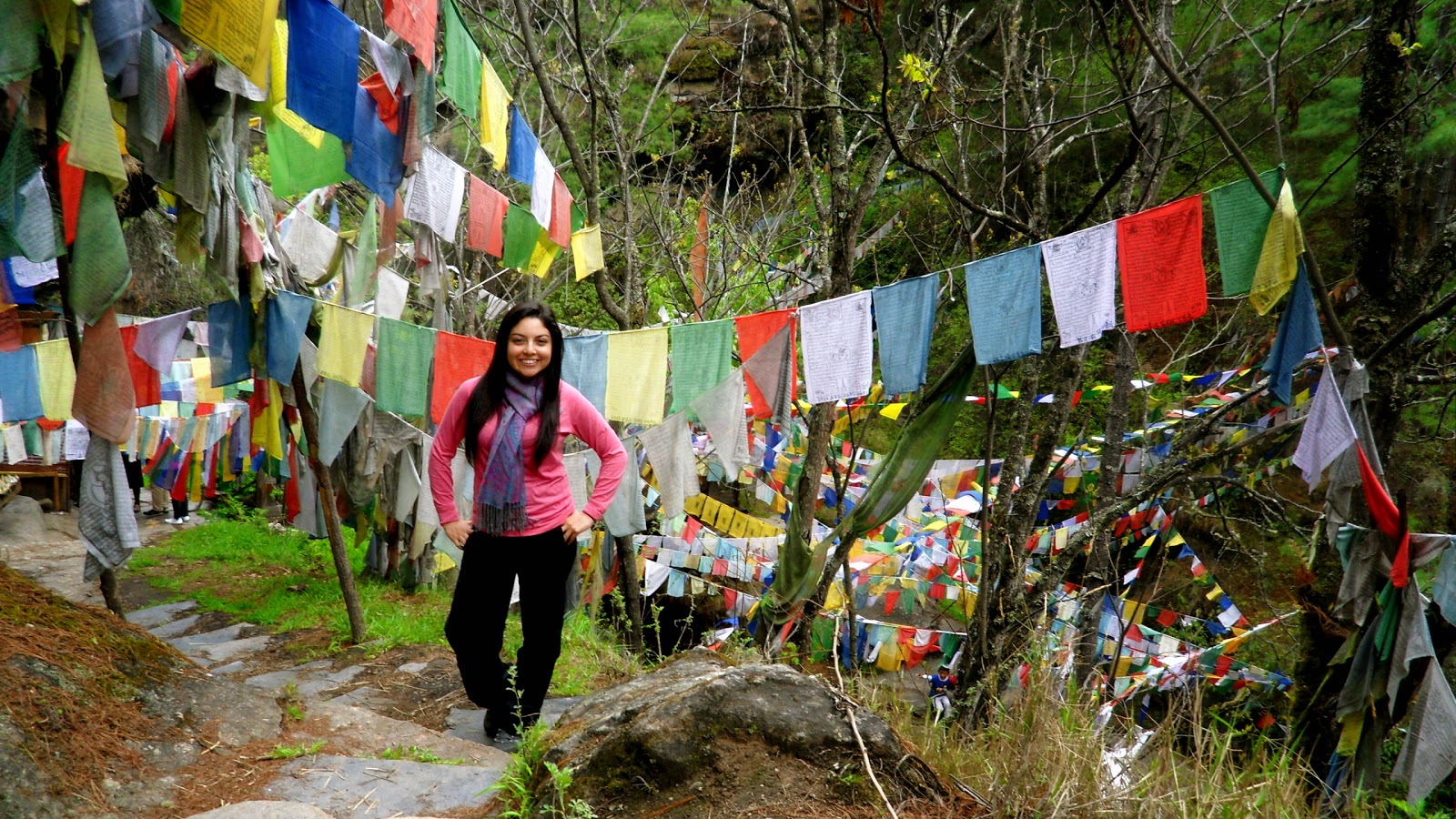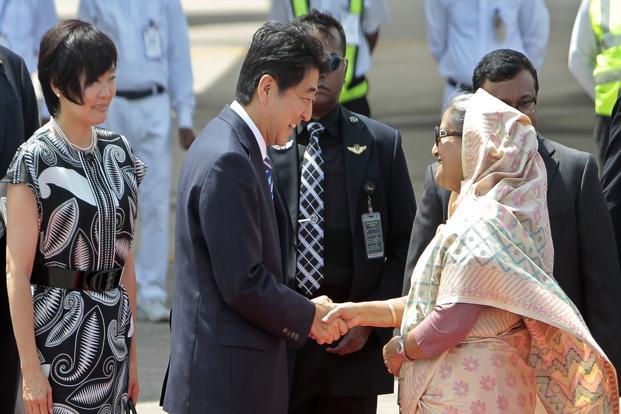YANGON — Mottama Holdings said on Tuesday it has completed the structure of Myanmar’s first high-rise steel building, a US$80 million office tower in Yangon called M Tower that the company is building through a joint venture with a Hong Kong investor.
The 26-storey project on Yangon’s Pyay Road is being built by Mottama subsidiary Min Dhama Steel Structure using locally manufactured steel structure and is expected to be finished by 2020, after which 300,000 square feet will be leased as office space. The 0.97 acre site is owned by Mottama chairman U Yang Ho, company director U Tin Maung Htun told Frontier on Tuesday.
He said the investor, M Tower Company, is a joint venture between Mottama, which holds a 51 percent share and a Hong Kong-based company, which holds 49 percent, and that the project is funded through company revenues and shareholder loans.
M Tower was originally known as AMC Tower before Mottama changed its name from Asia Metal Company in 2013 after it was sanctioned by the United States Treasury Department for building work at a Tatmadaw factory at which US officials said about 30 North Koreans were working. The sanctions were lifted in October 2016 when the Burma sanctions program was terminated.
The group was founded in 1997 as a steel materials trading and services company, before its expansion into construction, manufacturing, trading, hospitality, property development and logistics. With 23 subsidiaries, and regional offices in Singapore and Hong Kong, the group has built over 50 infrastructure projects, 40 commercial buildings and 40 “national projects” it said in a statement Tuesday.
In 2016 Mottama was a founding member of Grand Yangon Public Company, a 12-member consortium that Tin Maung Htun said intends to build infrastructure across the Yangon Region. He said the company has completed a pre-feasibility study for a Yangon outer circular expressway.
Documents seen by Frontier show the $2.18 billion project would be built with Shandong Hi-Speed Qingdao Development Company. Tin Maung Htun said the company was working with a Chinese investor that was partly state-owned.
“We have completed a pre-feasibility study [for the road] which the Myanmar Investment Commission has approved,” he said. “Now the Ministry of Construction is taking care of the process and sooner or later they will call an EOI [expression of interest] to find a consultant and funding.”
The group is involved in another major infrastructure project in Yangon: in February, its subsidiary Min Dhama was selected as a preferred bidder for the Yangon Central Railway Station redevelopment, which has an estimated $2.5 billion price tag.
The consortium, comprising Min Dhama, Singapore’s Oxley Holdings and Shenzhen-listed Sino Great Wall, was selected ahead of a consortium comprising Singapore-listed Yoma Strategic Holdings and Myanmar-listed First Myanmar Investment, both companies connected to businessman Mr Serge Pun.
The long-delayed tender for the 63-acre site in the heart of downtown Yangon was first announced in 2014.
Tin Maung Htun said the group was now preparing a draft concession agreement with Myanma Railways, under the Ministry of Transport and Communications, which owns the 25.7 hectares, or 63.5 acre project site in downtown Yangon.
Once a draft concession agreement has been signed, it will be submitted for review to the Union government, including the Attorney General’s Office. Tin Maung Htun said the project will also require Myanmar Investment Commission approval. “Because this is a national size project there are a lot of stakeholders involved, maybe six to 10 different authorities … there are so many steps,” he said.
https://frontiermyanmar.net/en/mottama-completes-structure-of-myanmars-first-high-rise-steel-building









